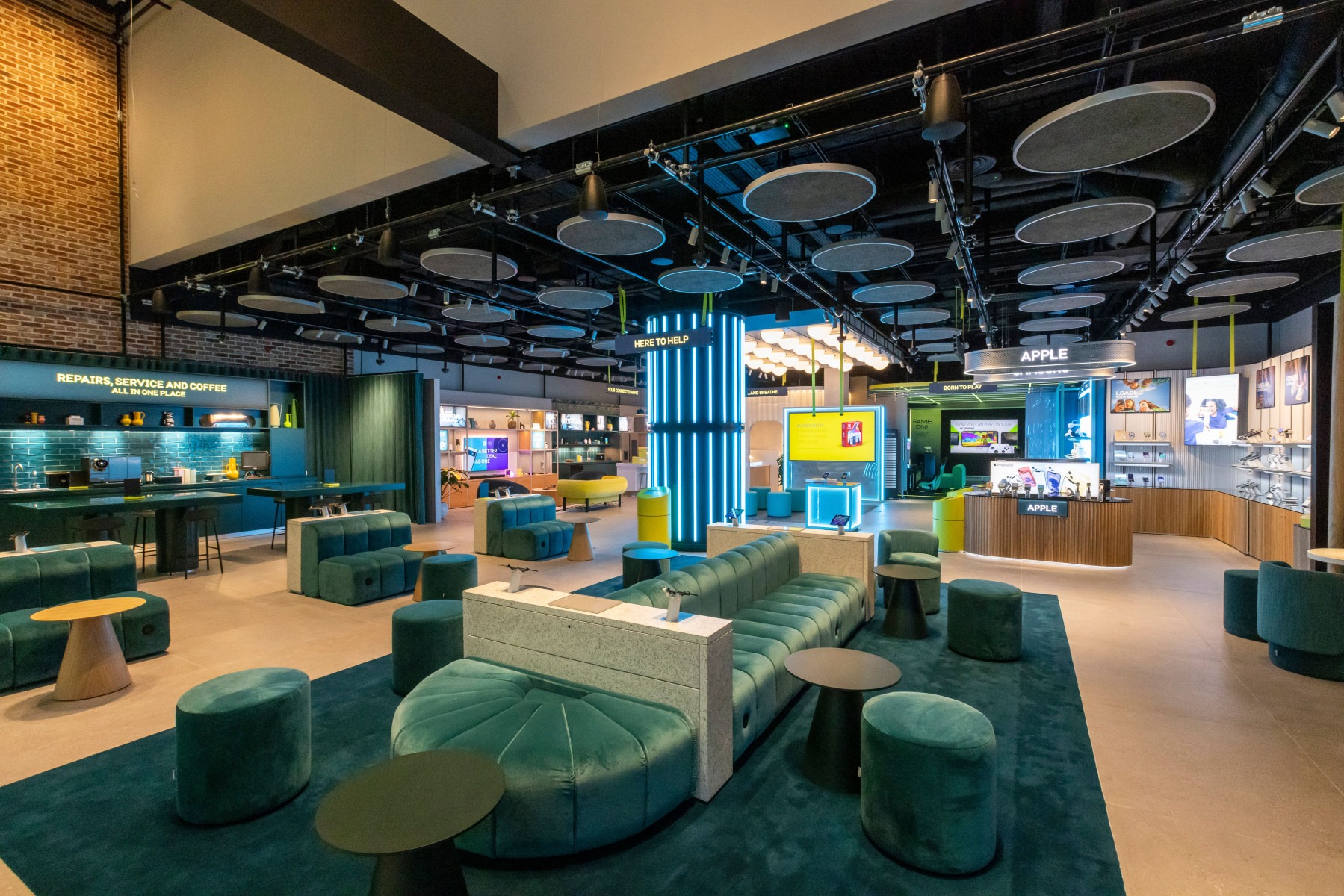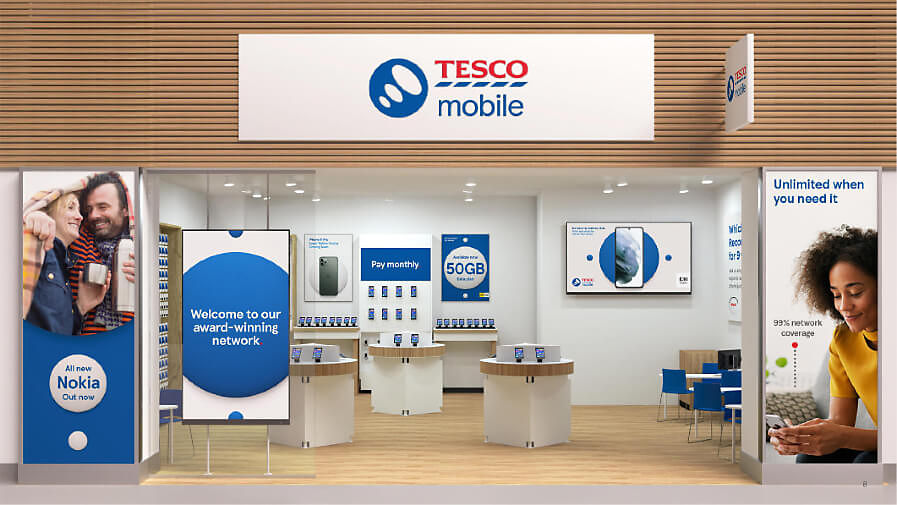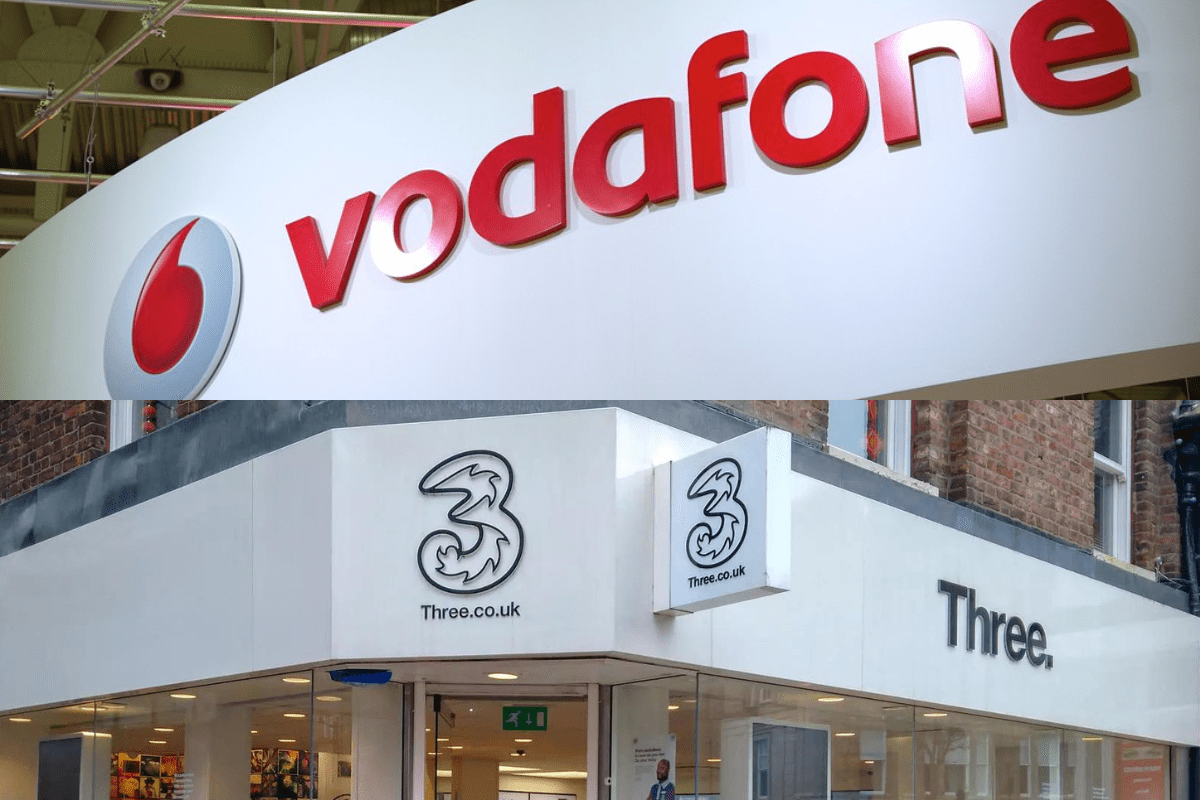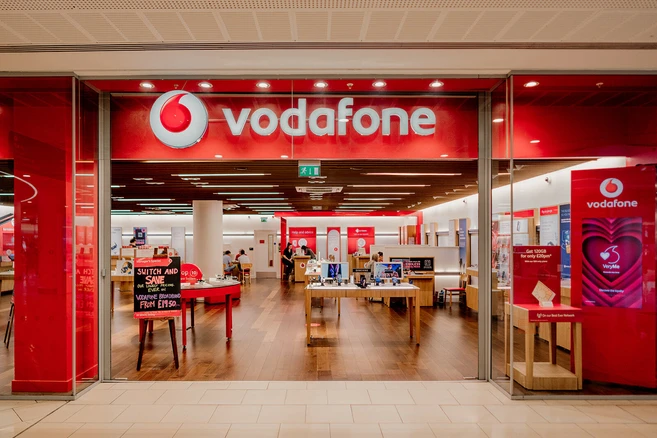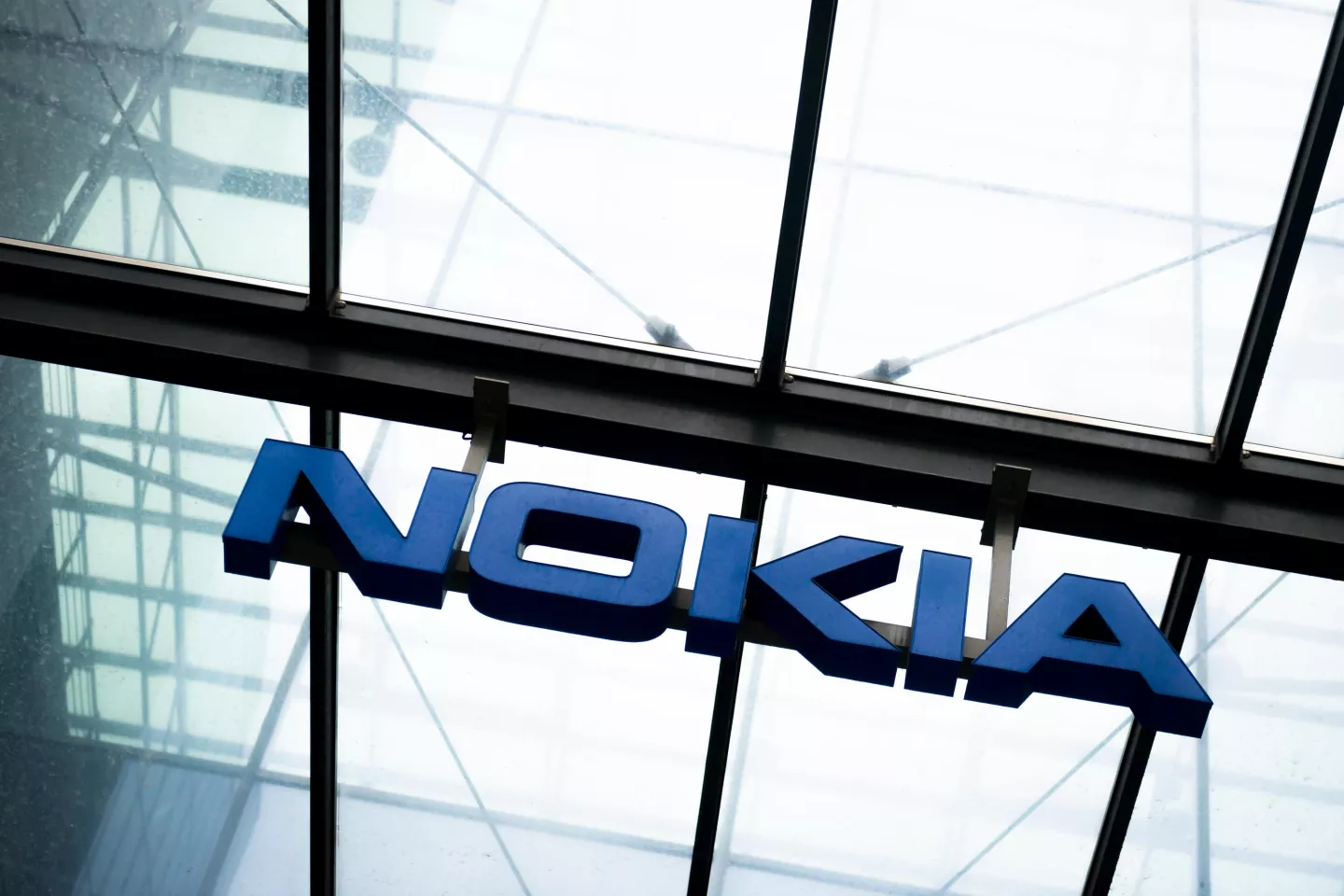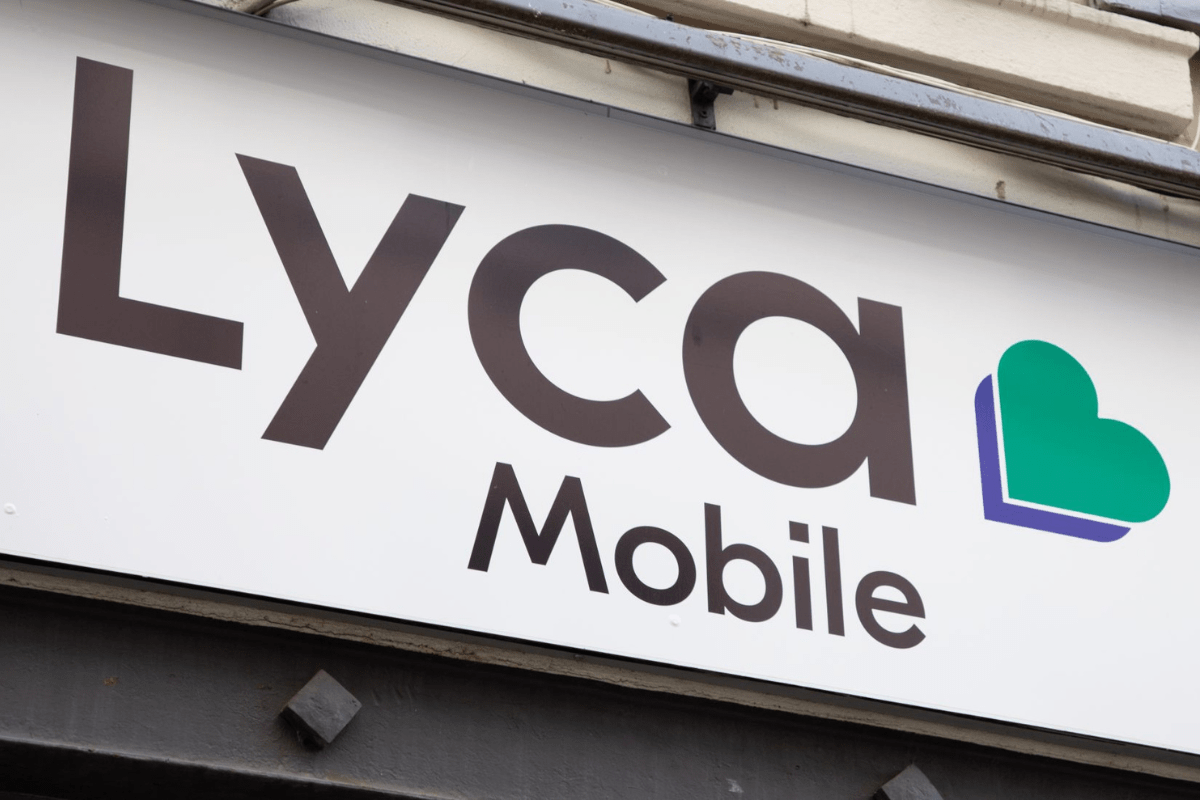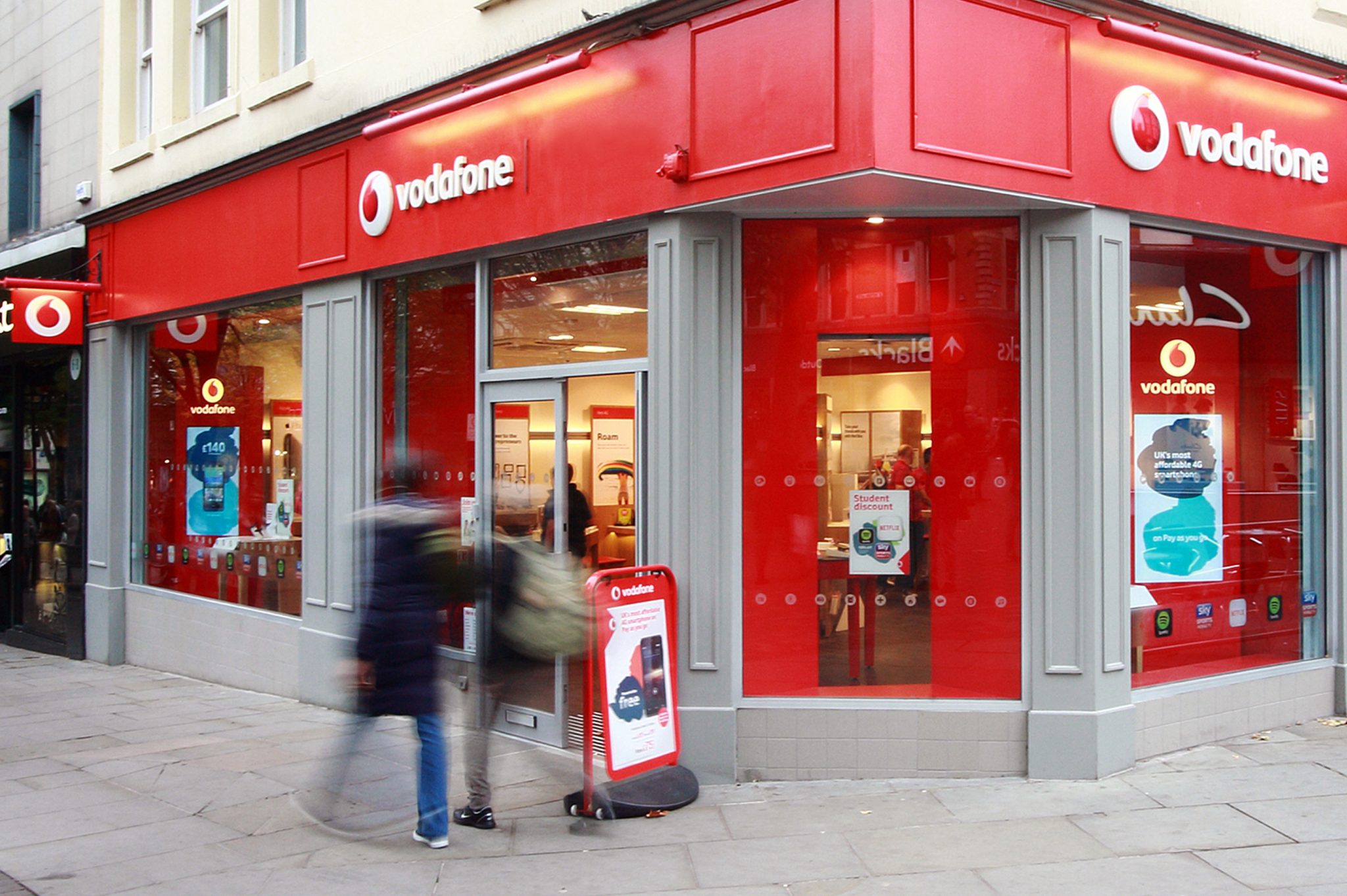 The vast majority of brands are losing sales and failing to meet UK consumers’ expectations when it comes to mobile commerce, according to the 2010 Brandbank Mcommerce Content Report, for which YouGov polled 2,255 British consumers.
The vast majority of brands are losing sales and failing to meet UK consumers’ expectations when it comes to mobile commerce, according to the 2010 Brandbank Mcommerce Content Report, for which YouGov polled 2,255 British consumers.
Brandbank’s 2010 Report shows some major attitudinal differences between consumers that own smartphones (21%) and those who don’t (79%), but the overall trend is one of dissatisfaction with current mobile offerings. Only 4 per cent of UK consumers claim they find making purchases via their mobile device hassle free, while just 12 per cent claim that they don’t find anything irritating about their mobile browsing experience.
The report reveals that 64 per cent of UK adults claim never to use their phone to help them shop, but this figure masks a major significant difference between those that own smartphones and those who don’t. Of all non-smartphone owners, 85 per cent claim they never use their phone to help them shop compared to 19 per cent of all smartphone owners.
The most common way smartphone owners use their devices is to buy products online via their mobile browser (47 per cent). Despite this, only 15 per cent of smartowners say that they find the process hassle free, with 18 per cent saying they find it positively difficult and time consuming. The next most common smartphone uses are reading product ratings or reviews online (40 per cent); getting additional information from a retailer’s website (36 per cent;), comparing prices online (34 per cent) and searching for nearby high street stores (28 per cent). 26 per cent said they make purchases using specially downloaded applications.
When asked what aspects of the m-commerce experience irritated them, the most frequent response was being forced to zoom in and out to view all the information on a web page (47 per cent). This was followed by having to wait for images to load on a page (43 per cent) and being unable to see images, videos or hear audio (39 per cent).
Usability issues also appeared to be a concern, with 38 per cent of people being irritated by the amount of information (such as credit card details, delivery address etc.) they have to enter via their keypad or touch screen, while 25 per cent were put off by the number of different pages they have to click through to make a payment.
Rob Tarrant, Managing Director at Brandbank and co-chairman of the GS1 Image Standards Working Group, says: “Although m-commerce is developing faster than it has done for some time, the reality is that, like the child in the back of the car’s complaint ‘are we there yet?’, most of the industry is still uncertain as to when it will take off. The findings from our 2010 report confirm what we know from our conversations with our partners – there is still some way to go before m-commerce becomes mainstream. Even for smartphone owners, there are just too many problems with the ways consumers currently access mobile content. Shoppers typically have to access web pages which were originally designed for large rather than small screens and frequently face loading and display issues with the product data and imagery.
“Retailers and suppliers need to realise that they cannot just re-use traditional online images – the imaging process used to develop a mobile platform is wholly different. Entirely different media specifications and sizes are required, as well as alternative display techniques, better suited to the small screen, such as box-outs, hover boxes and embedding information into an image.”
The report also reveals that retailers face a serious risk of customer churn as a result of poor mobile offerings. When consumers were asked what their typical response would be to a negative m-commerce experience (such as slow loading times or not being able to see all the appropriate product information), 35 per cent claim they would simply conduct an internet search for the product they were interested in, while 23 per cent say they would look directly at another retailer’s website.
Only 10 per cent of consumers claim that would try to reload page more than once, 25 per cent say they would try the page again, but wouldn’t try twice, while 25 per cent say they would never revisit that retailer’s website again on their mobile phone.
“The cost for getting your mobile offering wrong can be severe,” says Tarrant. “Mobile browsers exhibit very little loyalty and one bad experience can be enough to put them off ever coming back to you. Retailers and suppliers need ensure they have clear processes for working together to maintain up-to-date imagery and data, with different specifications for different types of mobile platforms, for all of their products.”




